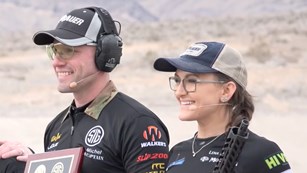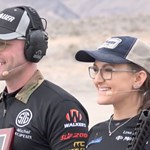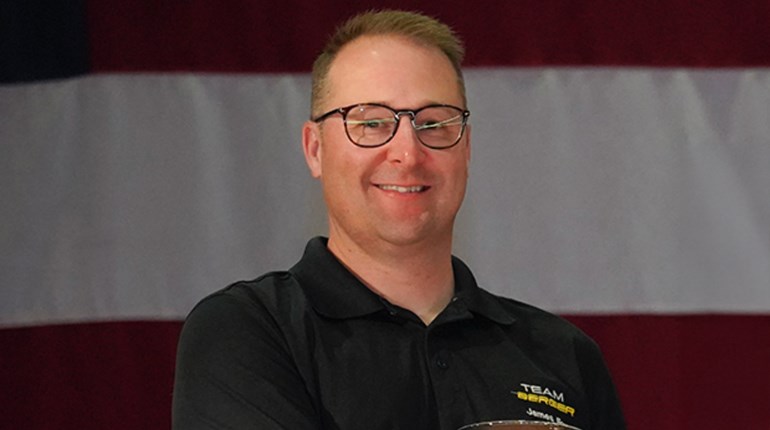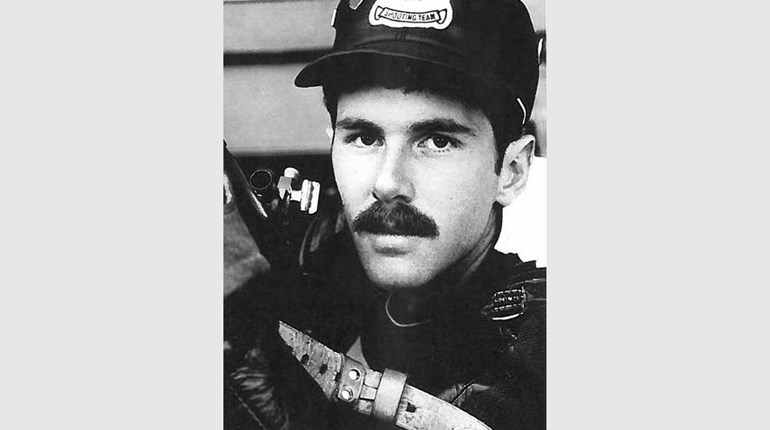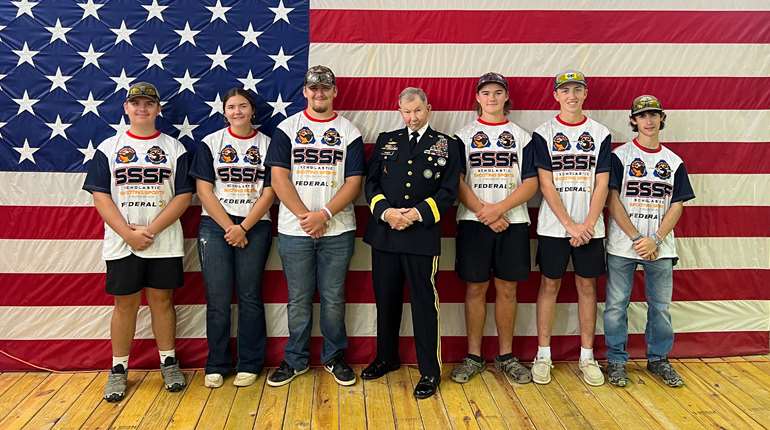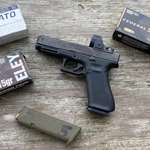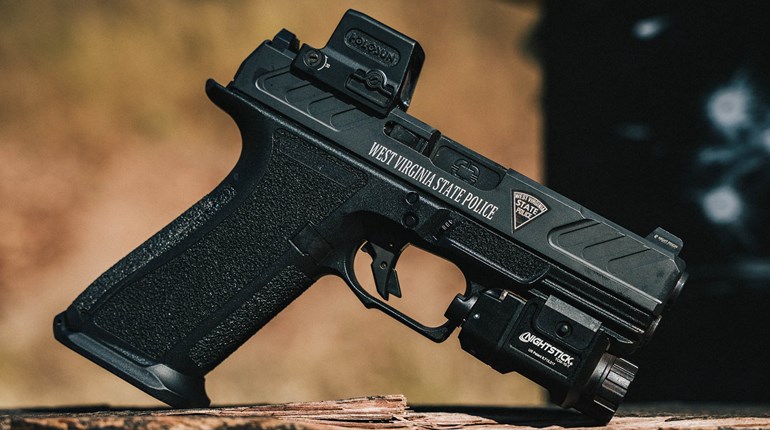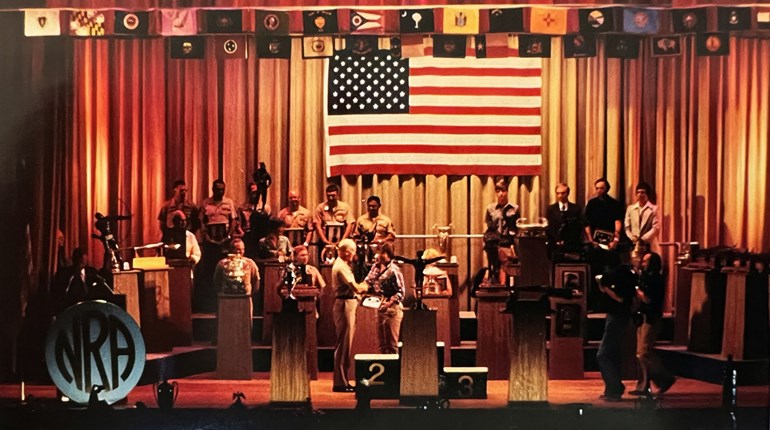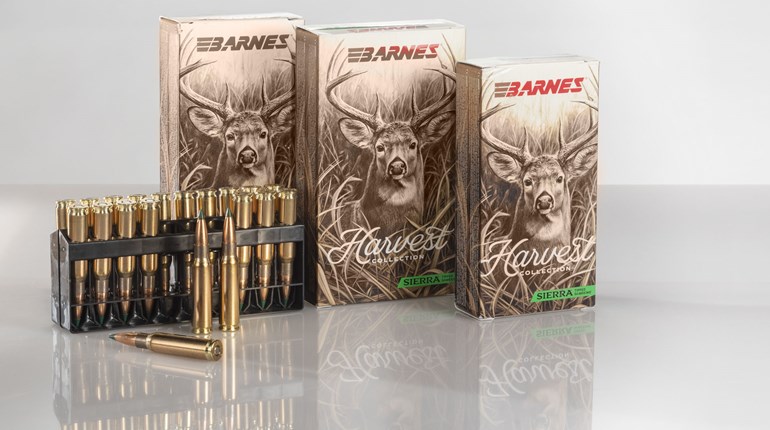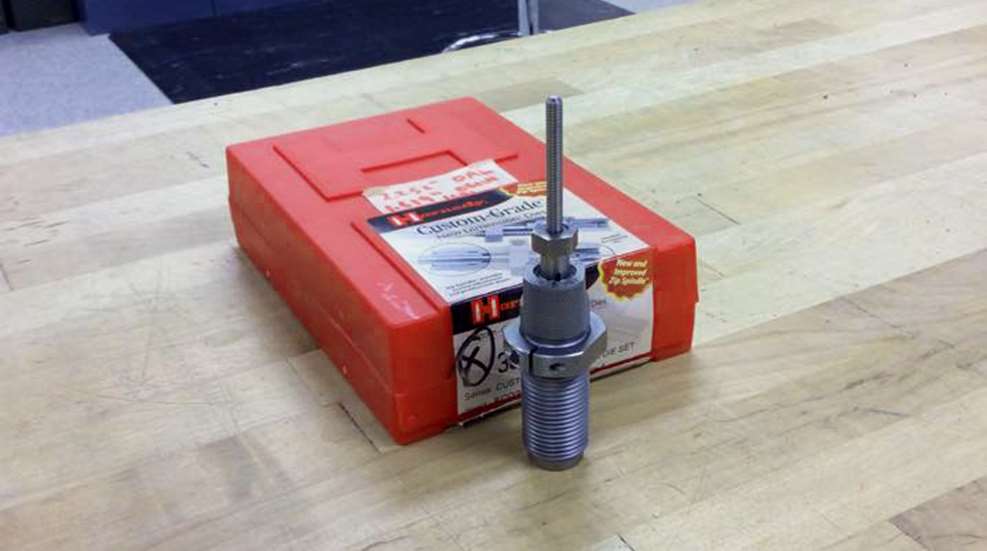
WARNING: All technical data in this publication, especially for handloading, reflect the limited experience of individuals using specific tools, products, equipment and components under specific conditions and circumstances not necessarily reported in the article and over which the National Rifle Association (NRA) has no control. The data has not otherwise been tested or verified by the NRA. The NRA, its agents, officers and employees accept no responsibility for the results obtained by persons using such data and disclaim all liability for any consequential injuries or damages.
You can learn some pretty useful things when measuring the effects of various handloading procedures. Today, we’ll discuss necking cartridge cases up and down, the differences in cartridge concentricity (runout) that occur based on one’s method and some “fixes” that can reduce runout as we load.
Here, we’ll refer to forming virgin brass that is annealed and malleable. Also, assume tapered expanders are used for necking up, and that expander balls are tapered and polished to minimize stress on case necks. Re-forming fired, work-hardened cases can result in poor case life and other problems unless they are annealed.
Especially in this era of brass shortages, handloaders are increasingly resorting to making the brass they can’t readily purchase. For example, a local fellow who is NOT an advanced handloader has been producing excellent 7.92 x57mm brass from .30-06. Others form .30-06 to .25-06, .270 and .280 Rem. The .308 yields 7mm-08 and .260 Rem., 8x57 becomes 7x57, 7x57 morphs into .257 Roberts, etc. Here at the U.S. Army Marksmanship Unit (AMU), superb accuracy is always the goal, and we’ll approach case forming with that in mind.
First, however, a CAUTION:
In ALL instances of re-forming brass to another caliber, ensure you will have enough case neck clearance for safety. Cartridge case necks vary, as do chambers. For example, long ago a staff member formed commercial .308 brass into .243 which worked perfectly in his Sako sporter.
However, the same cartridges had insufficient neck clearance in his Browning, resulting in excess pressure. In 7mm-08, the neck thickness difference between commercial .308 and GI Lake City 7.62mm can result in problems. Always check your chamber’s neck dimension (easily done with your fired brass) to ensure your formed brass will have safe clearance to expand on firing.
The AMU handloading shop has formed many calibers by necking up/down; our subsequent runout studies may be helpful. A prime example is forming 6mm/.250 Savage match rifle brass. One can either neck .22-250 brass up, or .250-3000 Savage down to 6mm.
We found loaded-cartridge concentricity when necking UP to be excessive—0.005” to 0.007”, and accuracy was poor. Necking .250 Savage brass down to 6 mm, however, resulted in little runout—most cartridges 0.003” or less, and accuracy was excellent using virgin, re-formed brass.
Intuitively, this makes sense—when necking up, the brass is unsupported and can move in any direction under the stress of re-forming. When necking down, the case neck and body are supported and held much more concentric. Very often, ammo loaded in new, unfired brass has significantly more runout than ammo loaded in the same brass once it’s been fired in a good match chamber.
Runout may drop from 0.002”-0.007” (depending on brass, dies, etc.) down to 0.000-0.002” with most at 0.001” or less with good brass and dies. Another example of a popular match case is the 6 mm AR. When necked down from 6.5 Grendel in our dies, it comes out straight, with virgin brass cartridge runout at 0.002”-0.003” or better.
One of our “seasoned” handloaders dates back to approximately the Dark Ages, and remembers the then-revolutionary Bonanza (now defunct) dies which had a special expanding & decapping stem arrangement. The expander ball was located high on the stem so that it was just below the case neck as it exited the sizing portion of the FL die. Thus, the case neck was supported in the transition from neck sizing to expanding. Runout was vastly reduced vs. the common hunting-type dies of the era.
He drew upon this experience a while back when necking 6.5 Grendel brass up to .30 caliber. As expected with such a large change, the runout was horrific—0.012”-0.015”, with poor accuracy. The concentricity problem was so obvious that it was easily visible when rolling cartridges across a glass table top.
He picked a FL die that let him put the expander ball just below the neck as it exited the neck sizing area. He had to experiment with the expander ball position—just a little too high or low didn’t help. However, when he found the right spot, runout was instantly reduced to acceptable levels for 3-gun competition (0.003”-0.005”). Accuracy in virgin, re-formed brass was fine for this type competition, yielding 2”-2.5” groups at 300 yards.
We hope the principles and examples given here will be helpful, and as always, be safe! If one is tempted to re-form brass but doesn’t fully understand the principles, techniques, desired measurements and headspace, then don’t hesitate to seek hands-on help from a knowledgeable, experienced handloader.
Good luck, and good shooting!
A big thanks to the U.S. Army Marksmanship Unit for allowing the reprint of this article.









